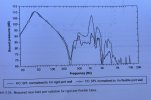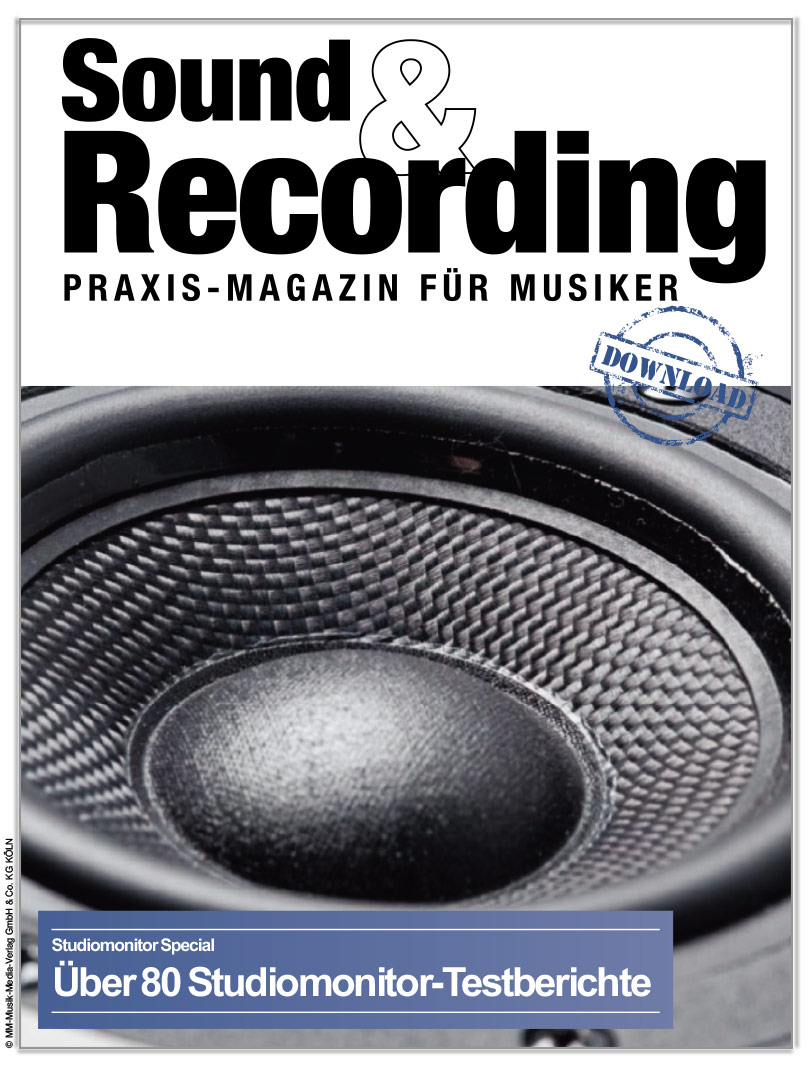An audio systems engineer and former JBLpro dealer, I’ve experienced changes in the company's speaker products. My experience began with 4311 monitors (L100 for consumers) and coaxial drivers for UREI. Under Floyd Toole their first product to integrate dispersion with “real rooms” was the LSR32\6332 3-way, followed by the 2-way LSR28P\6328P, and the economical “engineered”LSR4300 series that compensated 2nd team drivers with DSP. All these are discontinued. I have not yet heard the 708, and acknowledge its horn design and front port permitting soffit\flush mounting, but in Amir’s measurements suspect its standing against an LSR28P\6328P.



